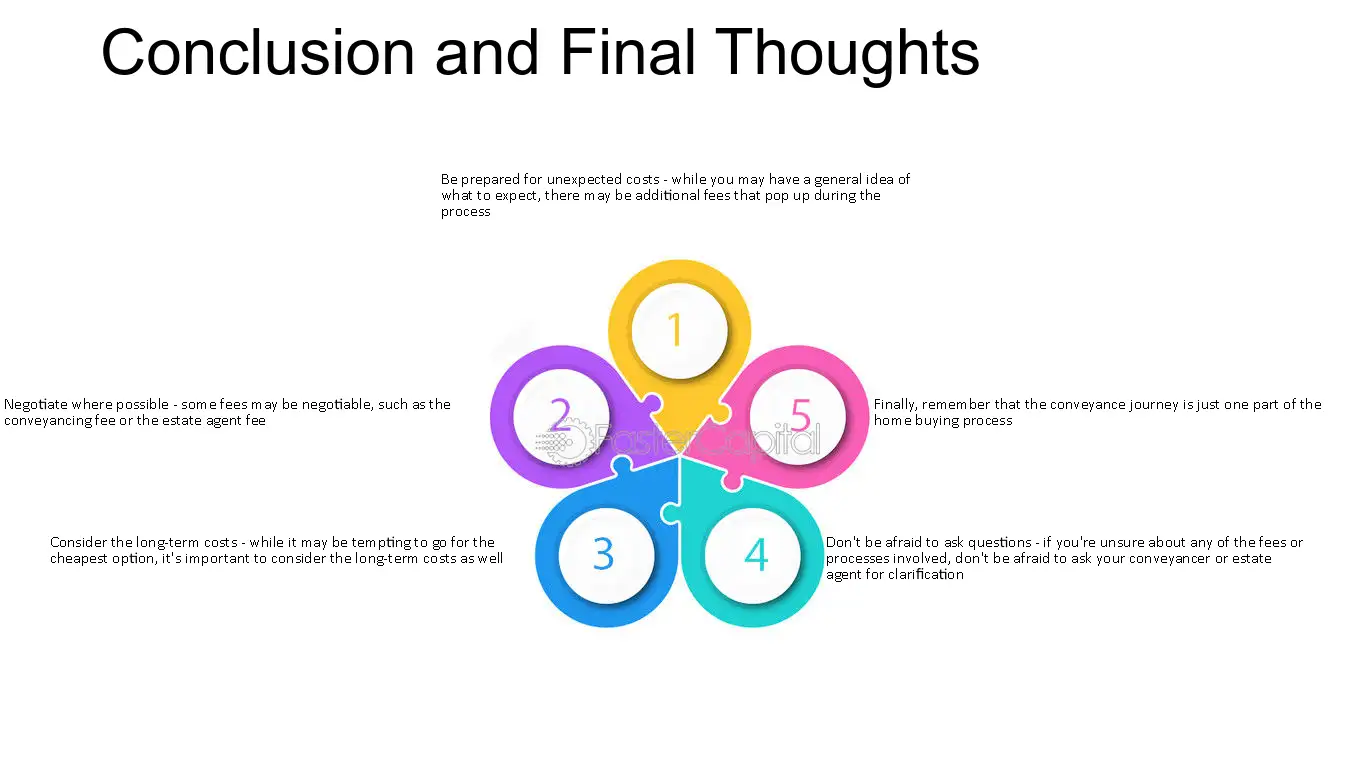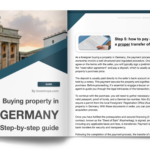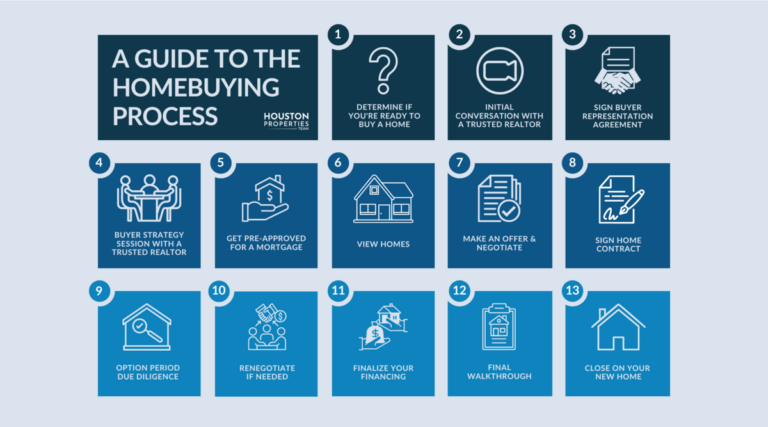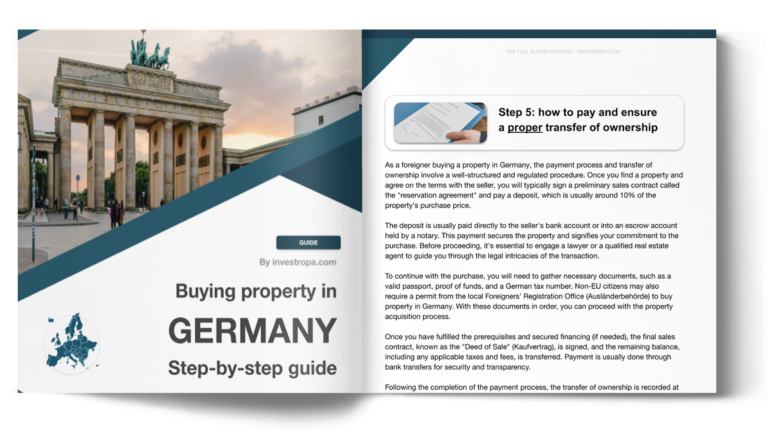Navigating the Conveyancing Process: Fees and Quotes
Maneuvering your way through the labyrinth of property buying and selling can be daunting. The key to unlocking this maze revolves around understanding the conveyancing process. With a deep dive into the world of conveyance, you can streamline your property endeavours effortlessly.
Let’s take a look at some crucial aspects of the conveyancing process:
- Choosing Your Conveyancer: Pivotal for a smooth transaction, choose wisely.
- Understanding the Stages: Knowledge empowers, know each step.
- Fees and Quotes: Be clear about costs for transparency.
- The Role of Surveys: Essential reports that help avoid pitfalls.
- Contract Exchanges: Decoding the legal jargons and procedures.
- Insurance Role on Completion Day: Safeguarding your investments properly.
Navigating this process efficiently is paramount to reducing stress and ensuring a successful transaction.
Navigating the Conveyancing Process
An entrepreneur’s journey consists of many adventures and among those is often venturing into the world of buying or selling property. From Walt Disney to local house buyers, many have tread this path successfully with an in-depth understanding of the conveyancing process.
A mastery over these aspects could foster better business relations and potentially minimise legal complications.
Your understanding of the conveyancing elements can profoundly impact your anticipation of issues and can make property transactions smoother.
The aim is to have a grasp of each phase sufficient enough to easily liaise with your conveyancer and other involved parties.
Contents
Choosing Your Conveyancing Partner

Embarking on the conveyancing journey requires careful selection of your partner. It’s essential to consider certain factors before you dive in.
The right partner will alleviate any anxieties, ensuring a smoother process.
- Expertise: Your partner should be skilled in their field – conveyancing is no exception.
- Communication: Regular liaison between you and your conveyancer forms the backbone of a good partnership.
- Proactivity: An ideal partner is always ahead of potential hurdles.
You deserve someone who can balance the technicalities with plain English explanations, offering comprehensive advice on your transaction’s nuances.
If you’re unsure where to find more information about selecting a conveyancer, check out this article.
Bear in mind, the right choice can make all the difference when navigating this intricate and often stressful process.
Your peace of mind is paramount – choose wisely!
Stages of the Conveyancing Process
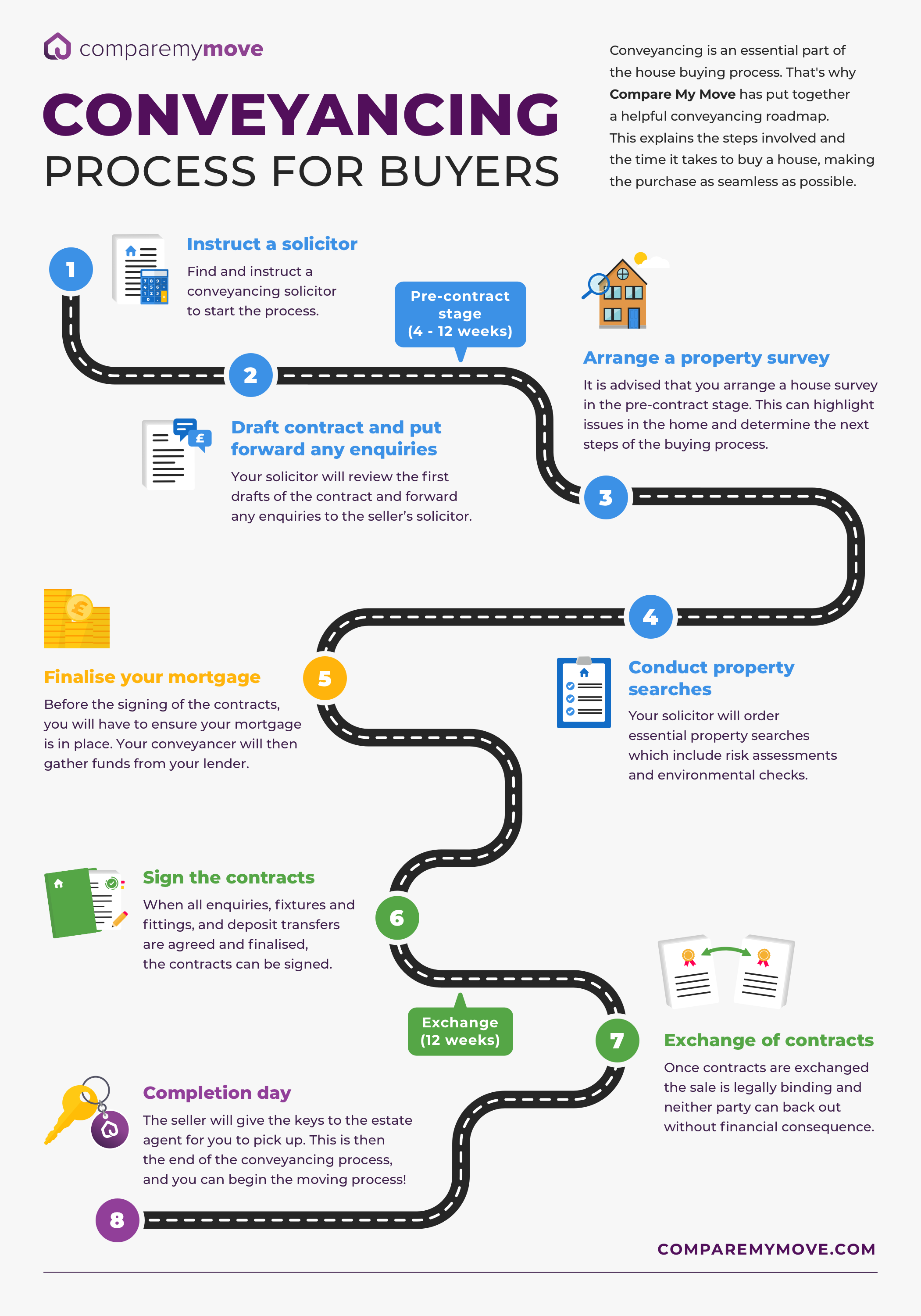
The conveyancing process embodies several vital steps.
It begins when you plan to purchase or sell a property.
Its complexity can be daunting, but understanding the stages aids efficiency.
| Steps | Description |
|---|---|
| 1. The Legal Framework | This stage comprises of all legal obligations required in property dealings. |
| 2. Property Examination | This involves detailed inspection on every aspect of the property. |
| 3. Contracts Exchange | The formal exchange of contracts, making the deal legally binding. |
| 4. Property Ownership Transfer | The legal titles are transferred to the new owner’s name at this stage. |
| These steps should simplify the otherwise complex process for first-timers or even seasoned practitioners. | |
The key is to ensure the transaction happens smoothly and within legal perimeters.
This enriches your knowledge and enables informed decision-making during property transactions.
Conveyancing: Fees and Quotes
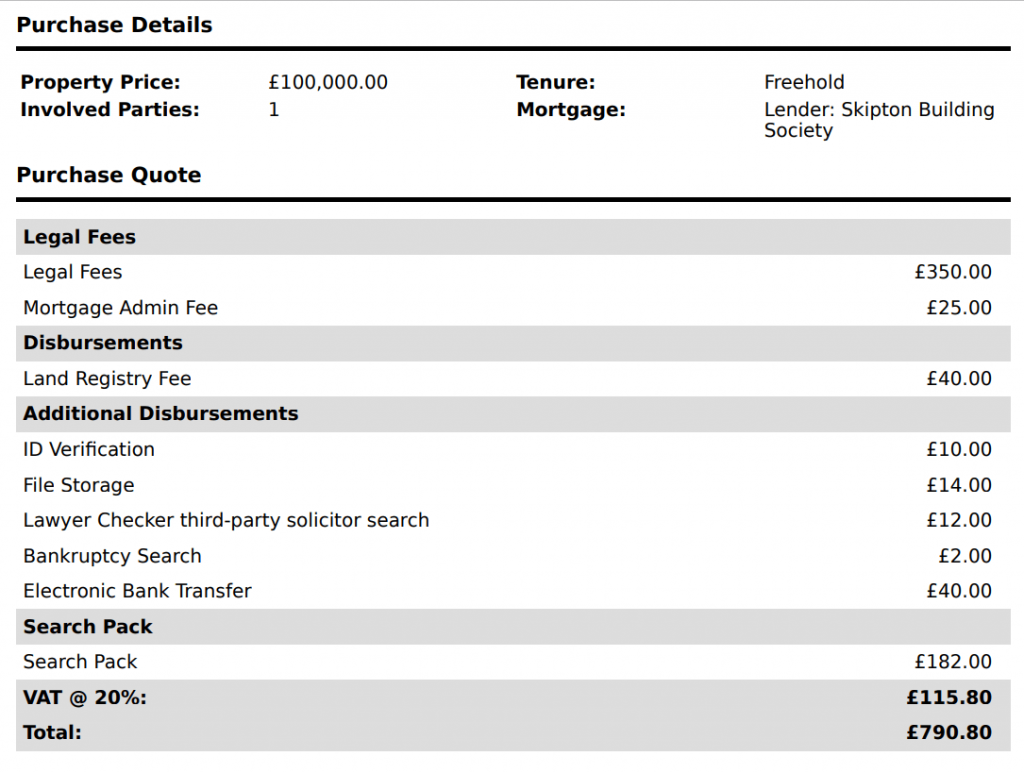
The conveyancing process requires paying various fees. Understanding these costs can aid you in budgeting appropriately for your property transaction.
Your conveyancer prepares a quote outlining all costs involved. It’s imperative to scrutinize this document thoroughly to ensure it aligns with your financial plan.
Avoid quotes that don’t detail every expense. Some may be disguised, leading to surprise costs later on during the property transaction.
Note, conveyancing fees vary significantly depending on the specific transaction nature. Thus, it’s vital to receive personalized quotes tailored to your individual needs.
Finally, be aware that cheap conveyancing services might not always offer the best value. Quality service is crucial for a seamless property transaction.
Role of Surveys in Conveyancing
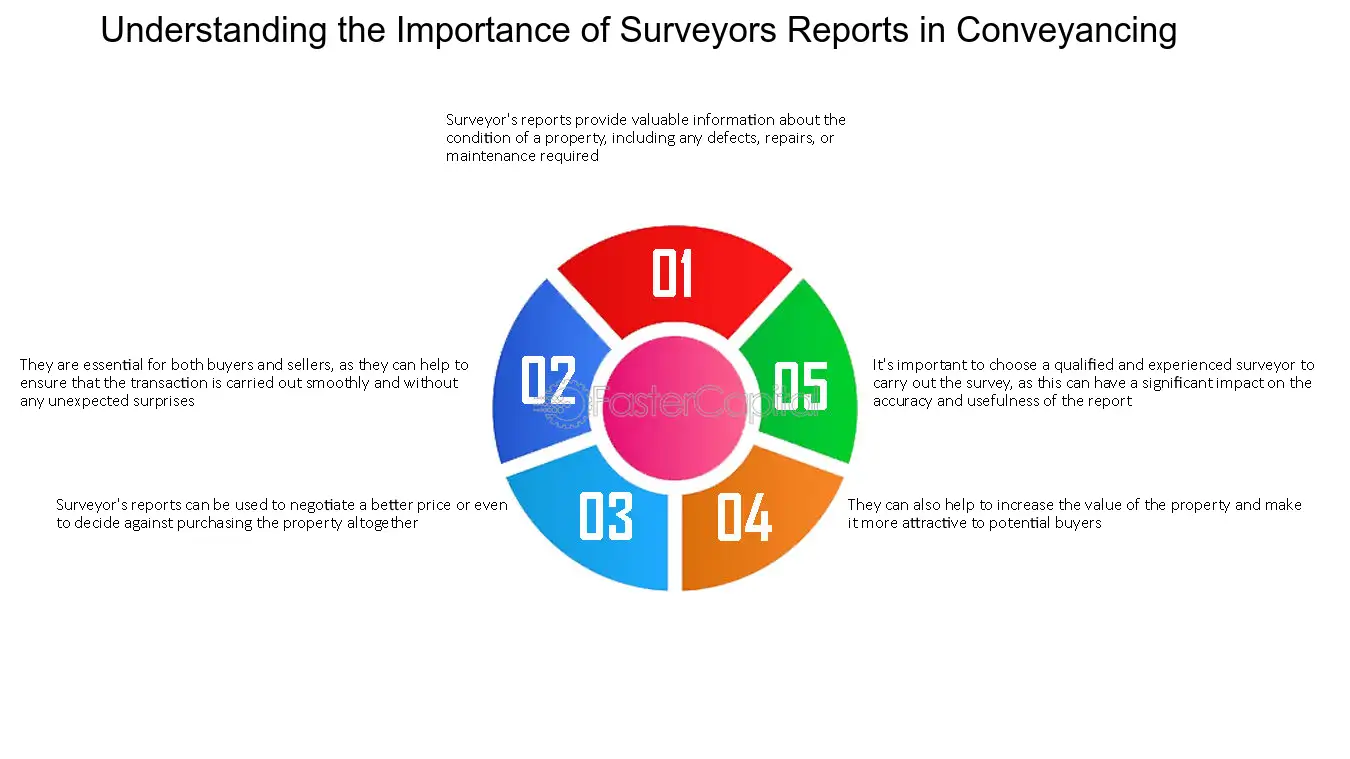
A significant component in the conveyancing process is the property survey. This survey aids in identifying potential issues that might impact a property’s worth.
- Structural integrity: A thorough investigation of a building’s condition can reveal any structural issues.
- Legal boundaries: It’s essential to verify the legal boundaries of the property being sold.
- Land registry checks: Land registry documents provide crucial information on the property’s history.
These surveys are not audits, but rather evaluations to help identify risks and prevent costly mistakes. So they play a crucial role in ensuring a smooth, risk-free conveyance.
The role of surveys extends beyond just the physical aspect. They also deal with verifying the legal aspects associated with the property.
The surveyor’s reports include scrutinizing legal documents related to the property, which helps avoid any potential disputes down the line.
This multi-layered approach allows buyers to have confidence in their transaction, thanks to the robustness and efficiency provided by professional property surveys within conveyancing.
Exchanging Contracts: Significance and Process
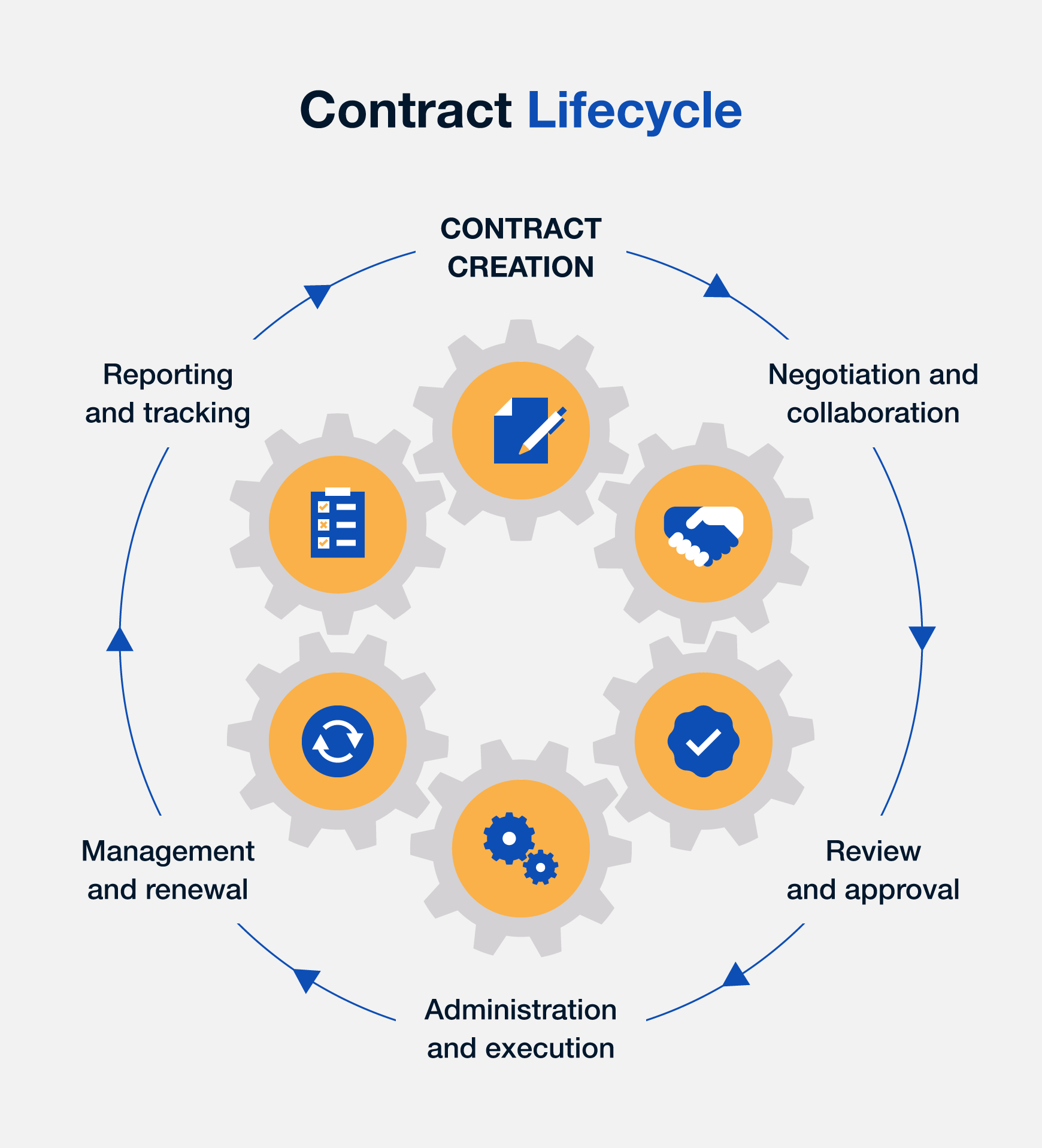
What is the importance of exchanging contracts?
Exchanging contracts marks a crucial point in the conveyancing process. It solidifies the agreement between buyer and seller, making it legally binding.
If any party decides to backtrack after this stage, they might face considerable legal and financial consequences.
What is involved in the process of exchanging contracts?
The process begins with both parties agreeing on terms, such as price and completion date. Once these are settled on, the solicitors draft contracts outlining these terms.
The contracts are then exchanged once both parties are satisfied. This usually happens over a phone call where both solicitors agree verbally. Following this, the contracts are sent out in the mail.
Is there a cooling-off period after contract exchange?
No, there is no standard cooling-off period after exchanging contracts. Once you have exchanged contracts, you are legally obliged to follow through with the real estate transaction.
In fact, backing out after contract exchange can result in having to pay compensation or losing your initial deposit.
Completion Day and Role of Insurance

The completion day marks the official transfer of property ownership. Make sure funds are transferred correctly between buyer and seller.
On this pinnacle day, keys are exchanged. And, the legal work for your long-desired property transfer is finalised.
Buying Safeguard: Insurance
Insurance plays an indispensable role by mitigating risks involved in property transactions. It safeguards your investment against unforeseen circumstances.
A policy can protect you from errors in the deeds or registration, boundary disputes or even insolvency of the building company.
Clarity & Relevance
To ensure a smooth process, it’s advisable to access educational resources or get advice from professionals to deepen your understanding.
This in turn can help make informed decisions, boosting efficiency, and expanding knowledge for a richer user experience.
Insurance: Abundant Solutions
Your specific needs determine your insurance plan. It provides tailored solutions to unique situations relating to property transactions.
“`
Post Completion Tasks
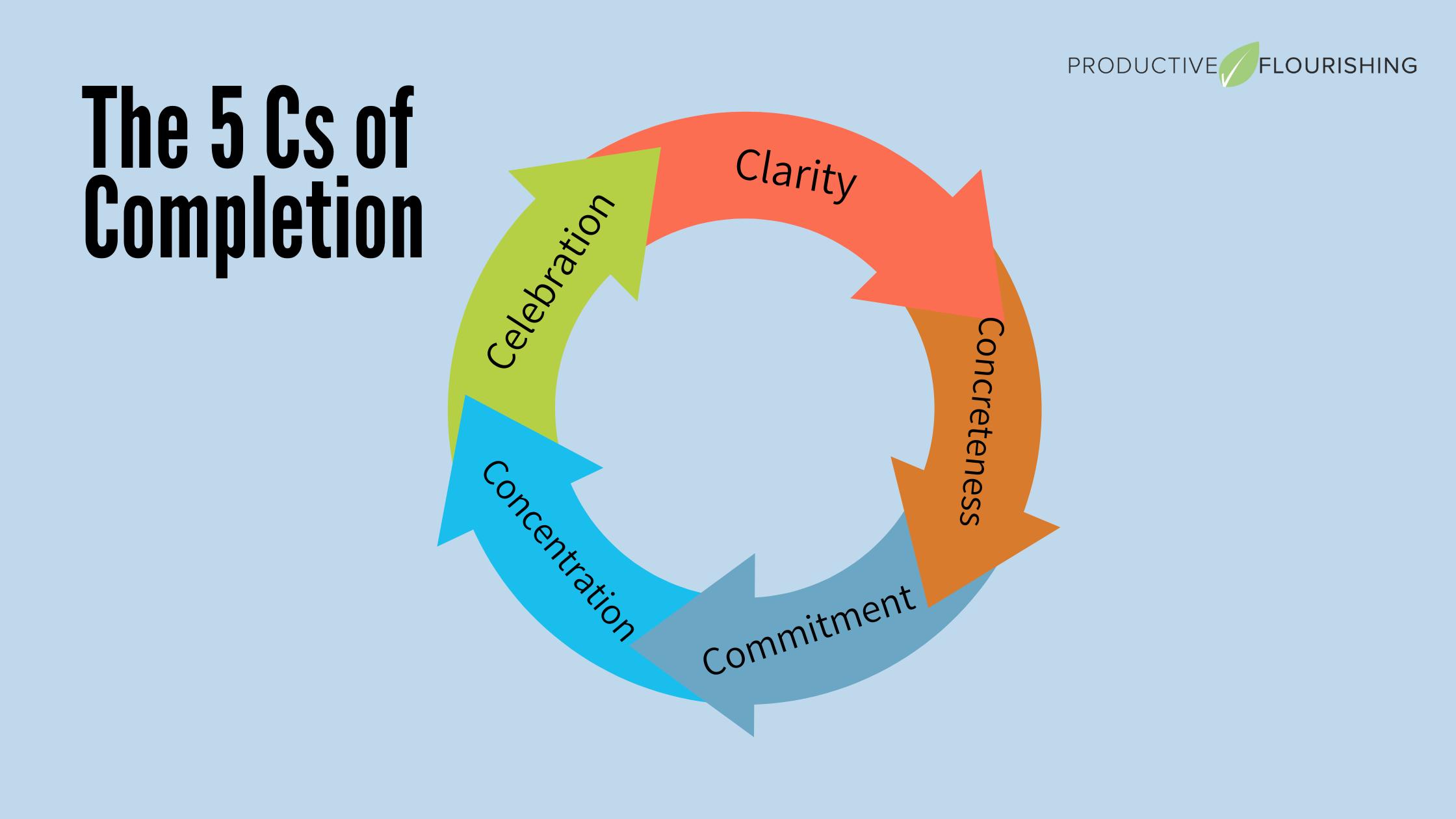
Once the conveyancing transaction is completed, it’s time for the post completion tasks. These are vital in securing your legal rights to the property.
Your solicitor undertakes these tasks which include but aren’t limited to:
- Registering the change of ownership with the Land Registry.
- Paying any Stamp Duty Land Tax owed, ensuring there are no potential penalties.
- Sending you a copy of the updated registry entry – this proves you own the property.
- Serving notice to any leaseholders about the change in ownership.
These regulatory needs must be handled proficiently to avoid any potential legal or financial issues down the line.
Seeking competent legal help ensures your post completion tasks are carried out accurately and efficiently.
“`
Managing Conveyancing as a Seller
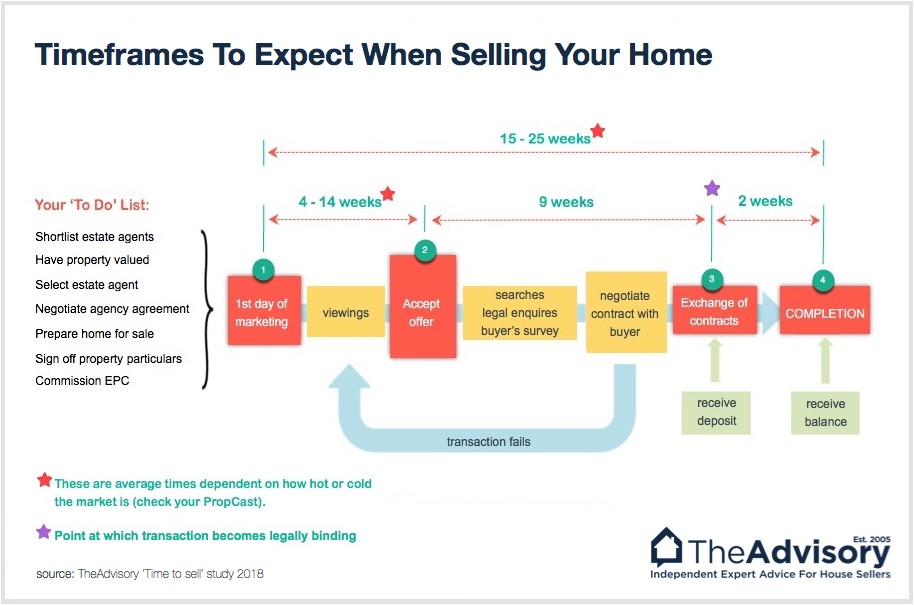
Approaching conveyancing as a seller involves understanding the components of the process for a smooth transaction.
Preparing the Contract
Initiating the process entails preparation of a contract. This piece of legal documentation includes details about the property and your right to sell it.
Negotiating Terms
Once the buyer shows interest, the negotiation period begins. The terms bargained usually include price, completion dates, and other mutual agreements.
Final Steps
The final steps cover signing contracts, exchanging them with the buyer, and completing the sale. At this stage, legal ownership transfers from you to the buyer.
To dig deeper into each of these topics, check out this comprehensive guide on conveyancing.
Deciphering Conveyancing
Conveyancing doesn’t have to be complex or expensive. By understanding the process and comparing quotes from different conveyancers, you can avoid hidden fees and find a reputable professional who fits your budget. Remember, knowledge is the key to a smooth property transaction.
